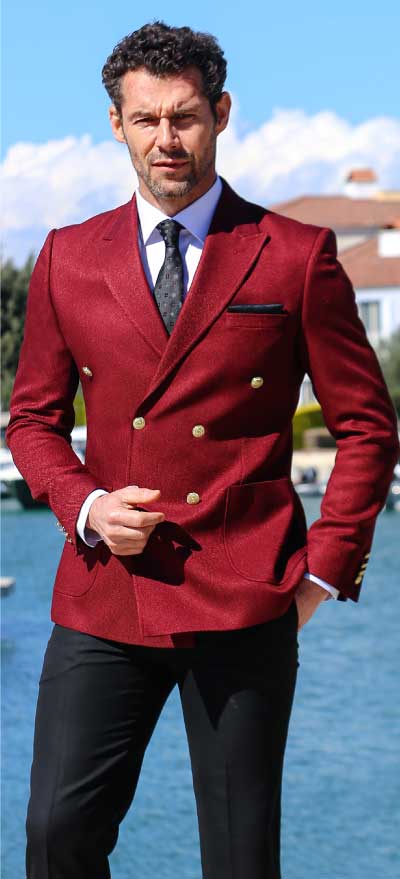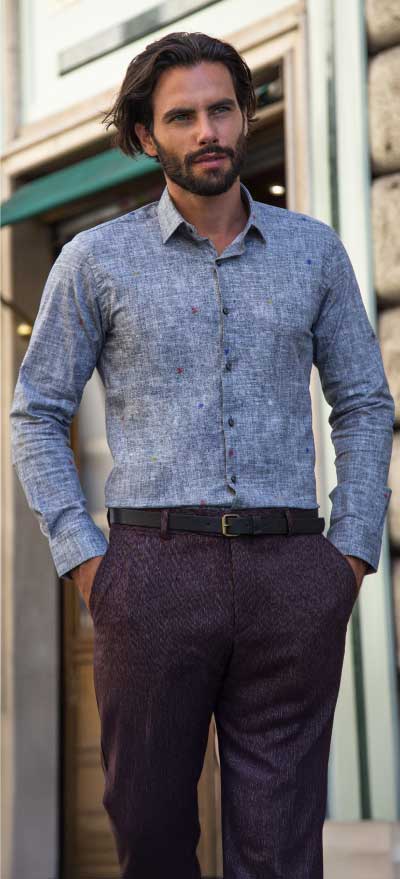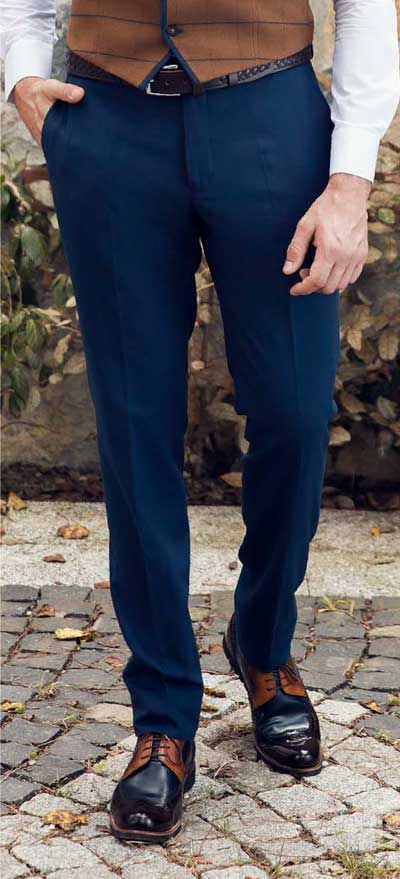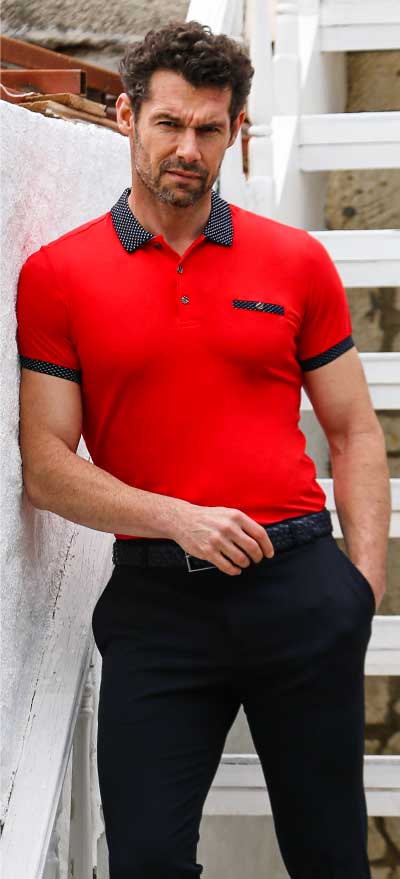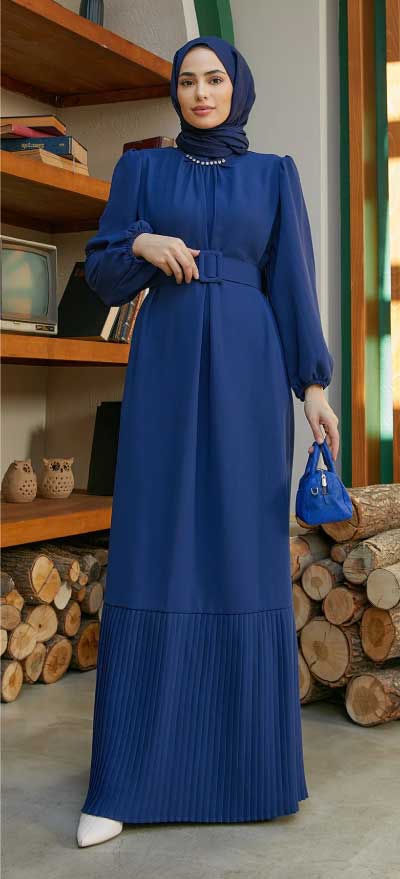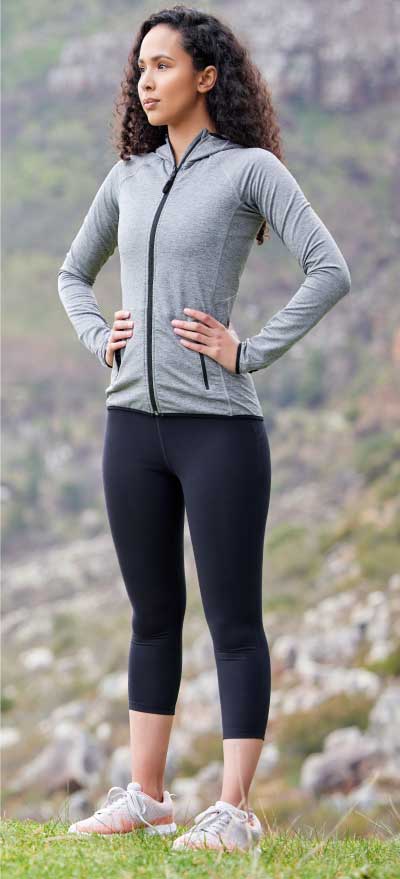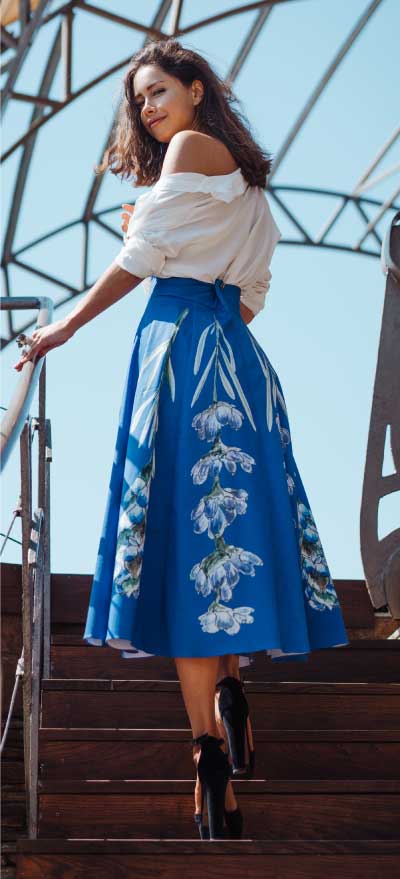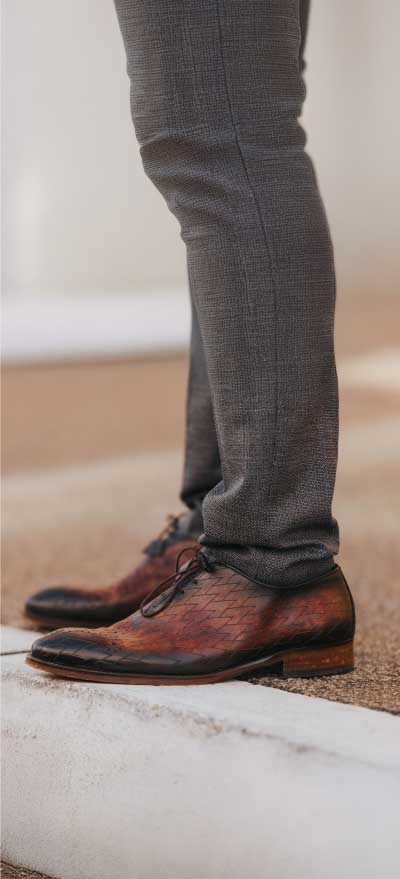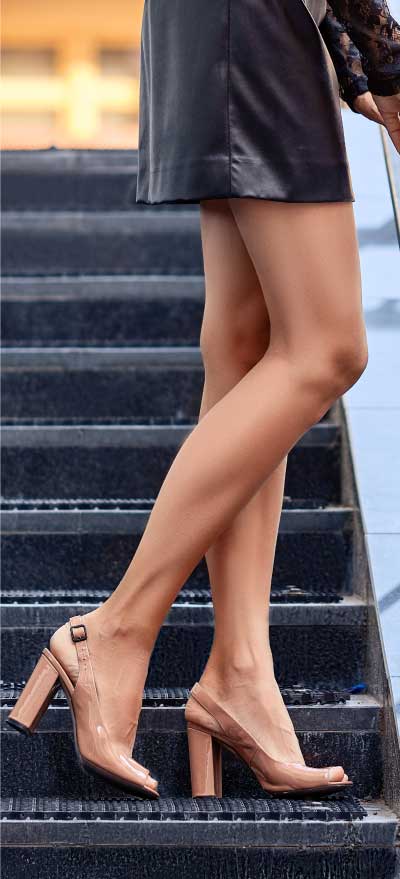Leather Wholesale Clothing Items: What to Buy ?
Selecting the appropriate wholesaler for your leather goods is a critical decision for the success of your business. To assist you in making the best choice, consider the following recommendations:
-
Assess your requirements: Prior to settling on a wholesaler, it is crucial to have a comprehensive understanding of your business needs. Identify the specific types of leather goods you intend to offer, determine the desired quantity, and establish your budget.
-
Investigate potential wholesalers: Once you have a clear grasp of your requirements, conduct thorough research on potential wholesalers. Seek out those specializing in the specific type of leather goods you plan to sell, and ensure they hold a reputable standing within the industry.
-
Evaluate product quality: Quality plays a pivotal role in the leather goods market. Verify that the chosen wholesaler provides products of superior quality that align with your standards.
-
Examine pricing structures: Price is a significant consideration. Look for a wholesaler that presents competitive pricing without compromising on product quality.
-
Assess customer service standards: Effective customer service is indispensable in your collaboration with a wholesaler. Opt for a wholesaler known for being responsive, supportive, and easy to collaborate with.
-
Scrutinize shipping and delivery times: Confirm that the selected wholesaler is capable of delivering your products punctually and in optimal condition.
-
Review return policies: Familiarize yourself with the wholesaler's return policy to ensure it is fair and accommodating in case you receive damaged or defective products.
Benefits of Buying Leather Goods Wholesale:
Purchasing leather goods in wholesale quantities can bring numerous advantages to your business. Here are some of the positive aspects:
-
Cost-efficiency: Opting for wholesale purchases of leather goods can prove more economical than acquiring them in smaller quantities. By buying in bulk, you can achieve cost savings and benefit from a more favorable per-unit price.
-
Quality: Many wholesalers supply high-quality leather goods that adhere to industry standards. This ensures that your products maintain a level of excellence, contributing to the establishment of a positive reputation in the market. Certain wholesalers extend customization options for leather goods. This allows you to create distinctive products that stand out in the market, potentially attracting a larger customer base.
-
Convenience: The process of buying leather goods wholesale can be more convenient than sourcing them from multiple suppliers. Consolidating your purchases from a single source saves time and effort, streamlining the procurement process.
How to Choose a Reputable Wholesaler:
-
Request recommendations: Inquire with the wholesaler about references from past collaborations with other businesses. This step can offer insights into their reputation and the caliber of their products.
-
Evaluate online feedback: Scrutinize online reviews of the wholesaler to gauge customer sentiments regarding their products and services.
-
Participate in industry events: Take part in trade shows and other events within your industry to personally connect with wholesalers. This provides an opportunity to gather more information about their product offerings.
-
Factor in geographical proximity: Deliberate on the wholesaler's location when reaching a decision. Opting for a wholesaler in close proximity to your business can lead to potential cost savings on shipping and reduced delivery times.
Types of Leather Goods Available
At Clos, we take pride in providing a diverse range of high-quality leather products. Here are just a few examples of our offerings:
How to Set Competitive Prices for Your Leather Goods:
Setting competitive rates for your leather items requires a complete approach. Begin by calculating your manufacturing expenses, taking into account supplies, labor, and overhead. Concurrently, undertake extensive market research to determine current pricing patterns for comparable leather goods in the industry. Examining your competitors' pricing methods will provide vital information about the acceptable price range for consumers.
How to Market Your Leather Items
Marketing your leather products takes a planned approach. Begin by selecting your target audience, then research their demographics and preferences to personalize your strategy accordingly. Create a powerful, consistent brand identity that reflects the quality and style of your leather products. Invest in professional photography to visually highlight the craftsmanship and details of your items, providing engaging imagery for both online and offline marketing platforms.





